Read this article on shrub identification of leaf, and get the different types of leaf anatomy for various shrubs. Take a look, and enrich your knowledge.
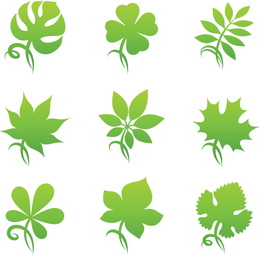
Avid gardeners have an indepth knowledge about the flowering bushes, shrubs, and trees. They can easily differentiate between the species by observing the anatomy. A bookish knowledge on plant physiology is not the sole way to understand the different types of plant species. You can also master the art through experience in gardening, and by developing a keen interest towards the different categories of trees, shrubs, and bushes. Thus, you can select varieties for the landscape in your house, and ornament your garden with beautiful plants.
The theory of classification of the plant kingdom has divided shrubs and trees separately. Shrubs, being much shorter than trees, are also known as bushes. Their height ranges from 15-20 ft, having multiple stems with bushy appearance. The height depends on growing conditions, and those lower than 5 meters are also known as subshrubs. They develop dense, leafy foliage clipped as topiary, and their branches and stems tend to grow very close to each other. Different types of shrubs can be classified on the basis of the leaves, stems, fruits, barks, and branches. A few respond well when pruned regularly. The foliage density ranges from mild to dense.
Shrub leaf identification
This is simple if you are acquainted with the basic anatomy of leaves. The
factors that help are:
- Shape
- Texture and color
- Bases and tops
- Margins
- Arrangement of the leaves
Leaves are of different shapes. They can be narrow and long, while others can be palmate-shaped, or like an open hand. Japanese maple has palmate-shaped leaves, while willow trees have long, narrow ones. The different
shapes for the apex of leaves are:
- acuminate
- acute
- emarginate
- bristle
- obtuse
- mucronate
- truncate
However, before understanding the anatomy of leaves you should have a sound knowledge about the different types of shrubs and bushes.
Leaf margins are classified as:
- crenate
- dentate
- entire
- serrulate
- lobed
- undulated
- spined
- serrate
- doubly serrate
Identification is also carried out by the shape of the leaf base.
Leaf bases can be:
- obtuse
- cordate
- rounded
- cuneate
- unequal
- truncate
You also have to observe the attachment point of the stem with the base to figure out the actual shape of the leaf base. The edges of the leaves could be smooth or bumpy. Understanding the arrangement of the leaves is also an important aspect for identifying shrubs. The common types of
leaf arrangements are:
- alternate
- opposite
- spiral
- whorled
Most importantly, you must possess the ability to distinguish the types on the basis of leaf shape. Shapes vary from lanceolate to obcordate, oblanceolate, tulip, ovate, and obovate.
Leaf type is also one of the anatomical features that help in identification of shrubs, and they are of the following types:
- Needled
- palmate
- pinnate
- scaled
- double pinnate
- simple
The table below shall teach you how to recognize the most common types of shrubs that people usually plant in their garden.
Common Types of Shrubs and Their Identification
*
You can click on the image to enlarge and preview them better.
Examples of Shrubs
Anatomy of Leaves
Leaf Sample Image
Scots Pine, European Larch
Long, thin, paired, clusters
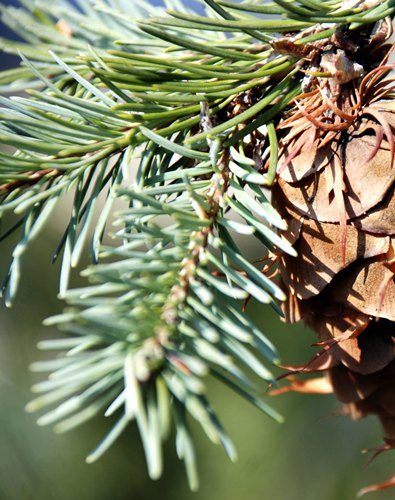
Dog Rose, Elder, Rowen, Ash
Separate leaflets, compound leaves
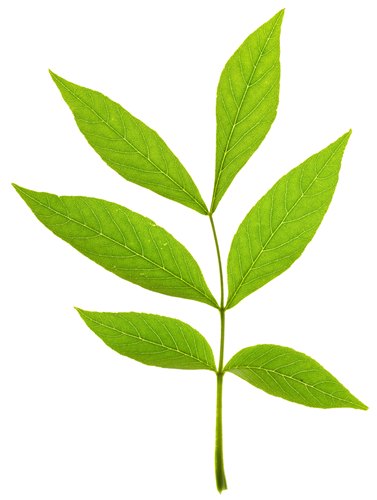
Sycamore, Field Maple, Hawthorn,
London Plane, Guelder Rose, Ivy
Hand-shaped, lobed
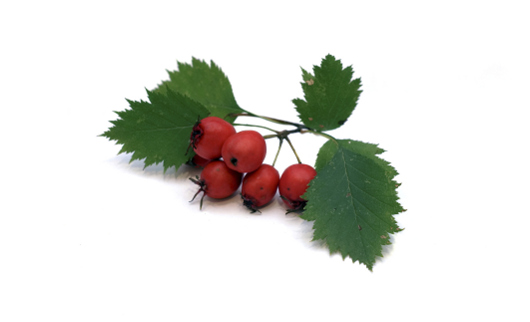
Lombardy, Poplar, Silver Birch
Triangular, oval
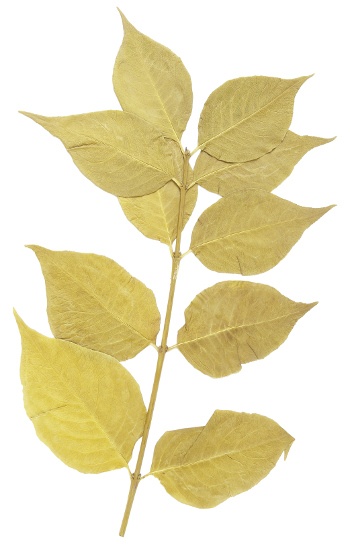
Alder
Oval, blunt tip
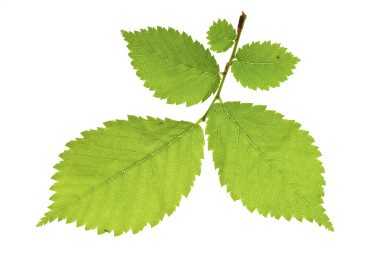
Holly
Rigid spines, oval
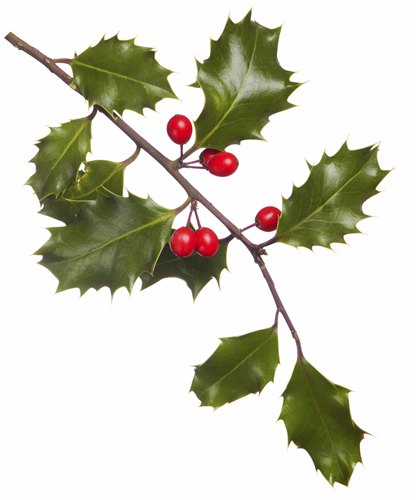
Yew
Flat, long, spread out
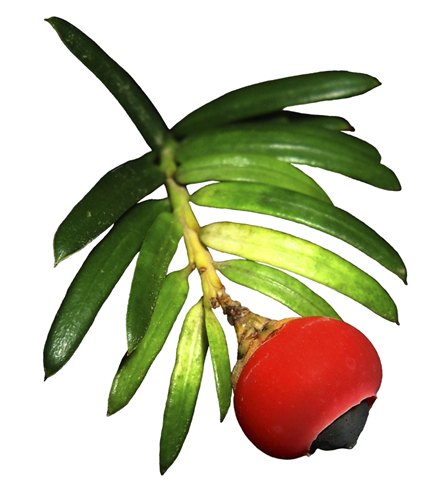
Hazel, Goat Willow, Aspen, Wayfaring Tree
Rounded, oval
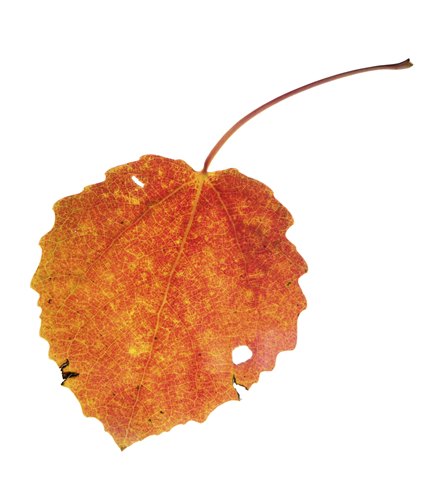
Common Lime
Heart-shaped, oval
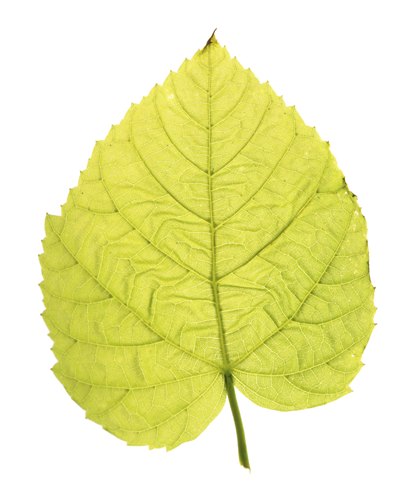
Buckthorn, Dogwood
Oval, curved veins
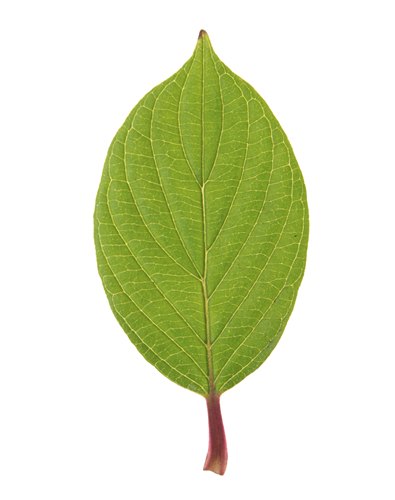
Horse Chestnut
Compound, hand-shaped
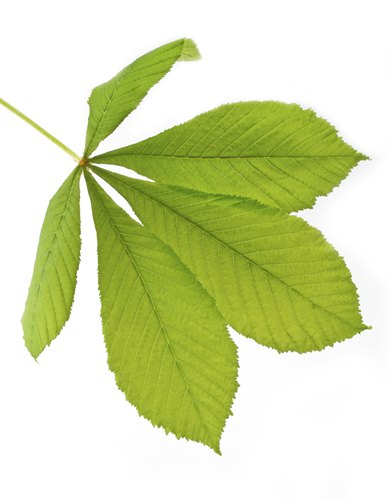
Oak
Lobed edges, blunt, oval
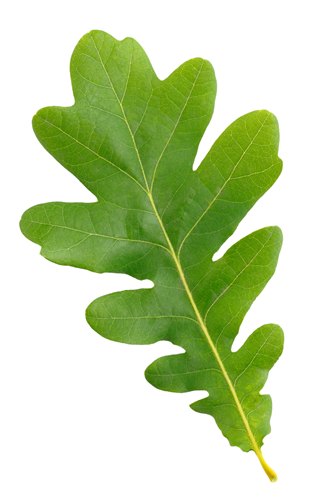
Crack Willow, Almond, Wild Cherry
Long, oval
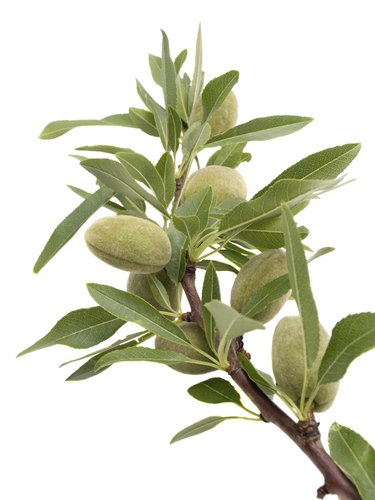
These were some simple guidelines for shrub identification by their leaves. Observe the plants in a nursery, or search for images from the Internet, before planting them in your garden.






 Avid gardeners have an indepth knowledge about the flowering bushes, shrubs, and trees. They can easily differentiate between the species by observing the anatomy. A bookish knowledge on plant physiology is not the sole way to understand the different types of plant species. You can also master the art through experience in gardening, and by developing a keen interest towards the different categories of trees, shrubs, and bushes. Thus, you can select varieties for the landscape in your house, and ornament your garden with beautiful plants.
Avid gardeners have an indepth knowledge about the flowering bushes, shrubs, and trees. They can easily differentiate between the species by observing the anatomy. A bookish knowledge on plant physiology is not the sole way to understand the different types of plant species. You can also master the art through experience in gardening, and by developing a keen interest towards the different categories of trees, shrubs, and bushes. Thus, you can select varieties for the landscape in your house, and ornament your garden with beautiful plants. Dog Rose, Elder, Rowen, Ash
Separate leaflets, compound leaves
Dog Rose, Elder, Rowen, Ash
Separate leaflets, compound leaves
 Sycamore, Field Maple, Hawthorn,
Sycamore, Field Maple, Hawthorn, Lombardy, Poplar, Silver Birch
Triangular, oval
Lombardy, Poplar, Silver Birch
Triangular, oval
 Alder
Oval, blunt tip
Alder
Oval, blunt tip
 Holly
Rigid spines, oval
Holly
Rigid spines, oval
 Yew
Flat, long, spread out
Yew
Flat, long, spread out
 Hazel, Goat Willow, Aspen, Wayfaring Tree
Rounded, oval
Hazel, Goat Willow, Aspen, Wayfaring Tree
Rounded, oval
 Common Lime
Heart-shaped, oval
Common Lime
Heart-shaped, oval
 Buckthorn, Dogwood
Oval, curved veins
Buckthorn, Dogwood
Oval, curved veins
 Horse Chestnut
Compound, hand-shaped
Horse Chestnut
Compound, hand-shaped
 Oak
Lobed edges, blunt, oval
Oak
Lobed edges, blunt, oval
 Crack Willow, Almond, Wild Cherry
Long, oval
Crack Willow, Almond, Wild Cherry
Long, oval
